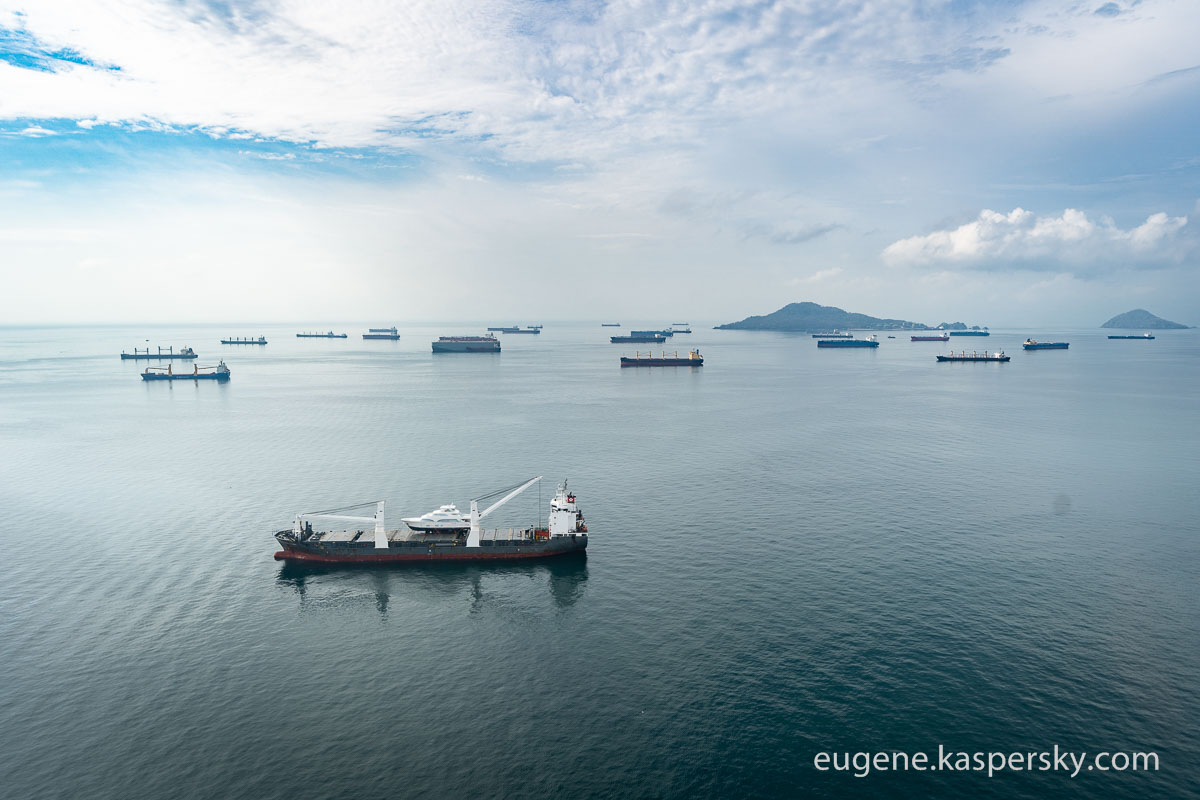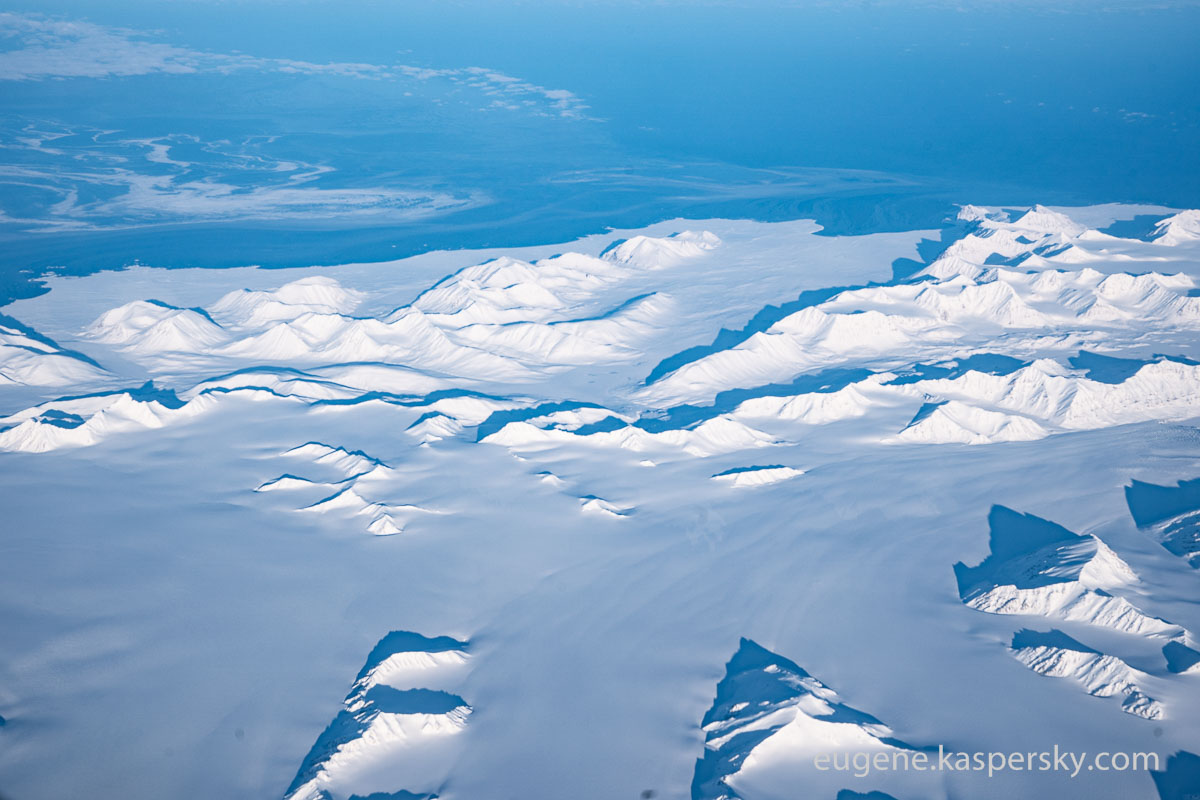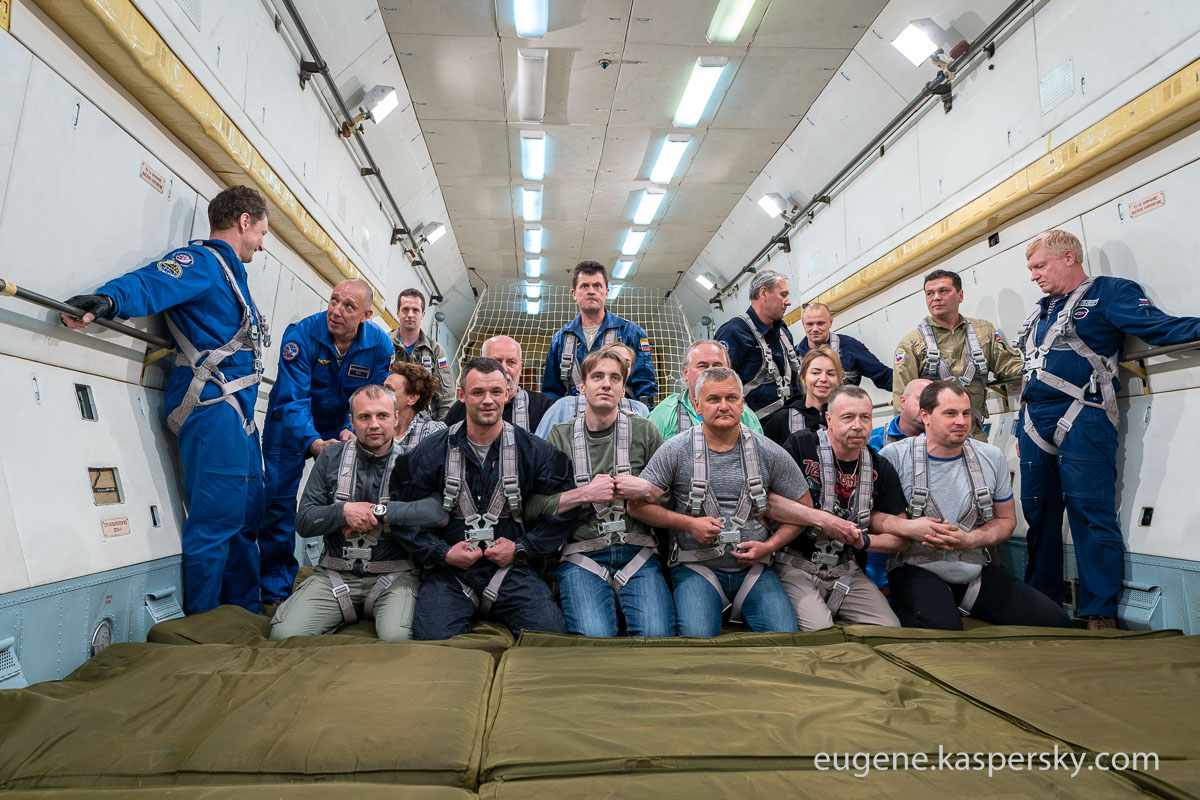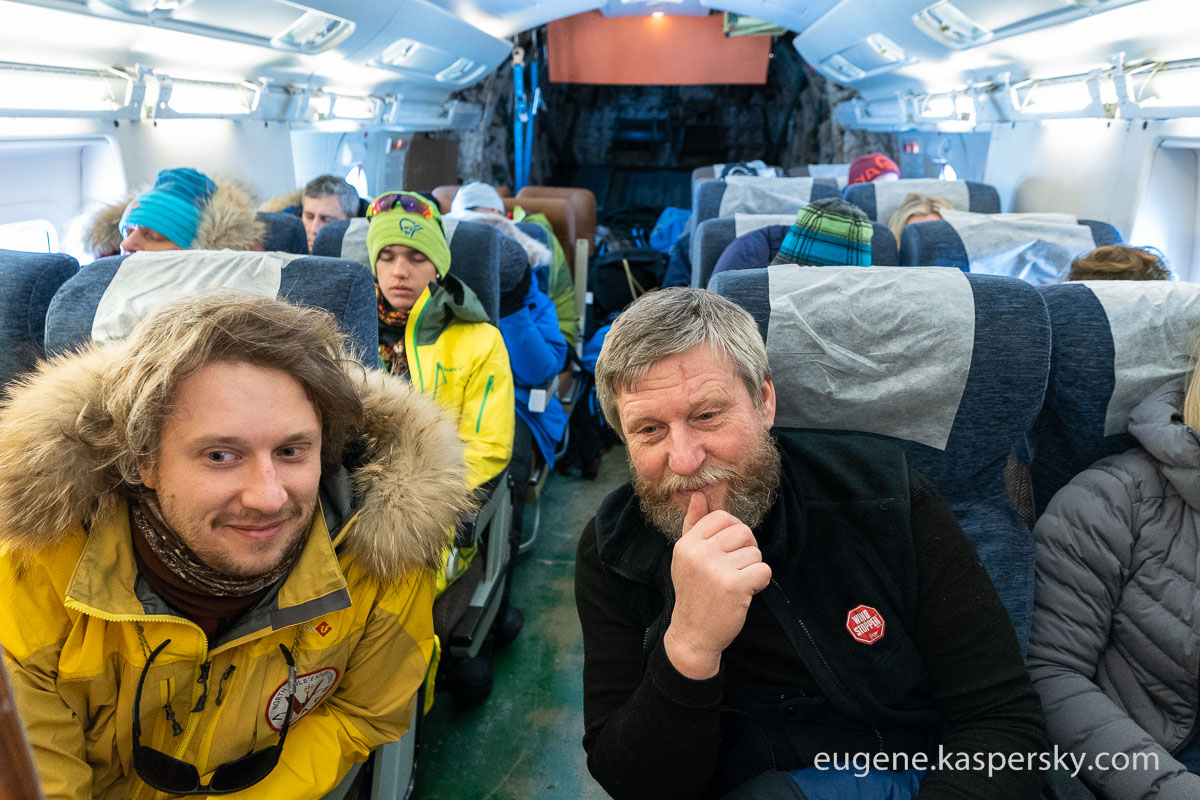May 31, 2018
The mystique of Mustique.
You really should not believe all you read on the internet. But surely we all know that, right?
But, then, at the same time, there are some resources on the net that can be trusted. For example, there’s Wikipedia, which I often refer to in my blogposts. However, even it needs to be read with the occasional pinch of salt added to taste – as I have mentioned occasionally here on this blog.
The issue is basically differences between the information given on different language versions of one and the same Wikipedia subject.
Example: On Wikipedia’s English-language page on Stuxnet – the first known cyberweapon ever to be deployed (the infamous worm which in 2010 physically damaged the Iranian atomic program), it used to state (it’s since been corrected) that Stuxnet was discovered by KL. But it wasn’t. It was first discovered by the Belorussian company VirusBlokAda, and later first ‘cut open and dissected’ by America’s Symantec. Back then we were a little slow and missed the first train. The expert at VirusBlokAda who did first find it, Sergey Ulasen, did soon after come and work for us, but that doesn’t mean we found Stuxnet! Still – there it was, on the English Wikipedia page on Stuxnet. While the Russian-language Stuxnet page told the story correctly.
Such discrepancies I see sometimes on Wikipedia between the Russian and English pages as I like to check both (often out of curiosity to find such discrepancies!). However, who’s to say there aren’t the same – or completely different – discrepancies among some or all the different language versions of any given Wikipedia subject? I haven’t checked, nor can be expected to, as I don’t know dozens of languages. But… just sayin’ and all. It just makes you wonder. In fact, it made me wonder if anyone has a studied this issue in depth. But I digress…
Aaaaaannnnyyyyway, it turns out there’s a discrepancy between certain info on the Russian and English Wiki pages for the Caribbean island of Mustique. In Russian it states that ~ ‘the only means of transportation on the island is the golf cart’. But that just ain’t true. The island has regular cars that travel on regular roads. Meanwhile, over at the English-language page, there’s no mention of golf carts!
Of course, maybe things have changed since when the page was written. But if they have, well… the pages need updating!





























